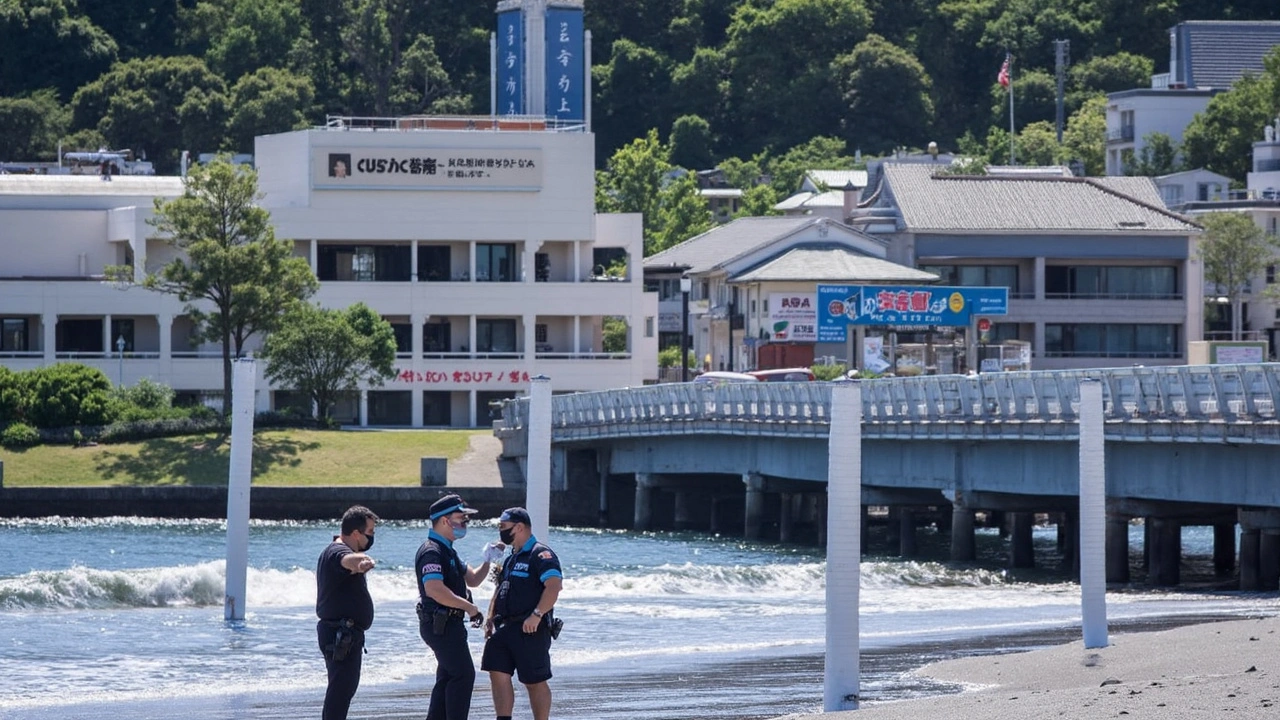
Kamchatka Quake Sends Shockwaves Across the Pacific
Early on July 29, tremors from a colossal 8.8-magnitude earthquake rattled communities far beyond Russia’s remote Kamchatka Peninsula. This undersea quake—centered roughly 74 miles east-southeast of Petropavlovsk-Kamchatsky at a depth of about 50 kilometers—wasn’t just any event. Sitting along the Pacific 'Ring of Fire,' the fault behind this disaster is notorious. The same shifting plates were behind Japan’s devastating 2011 Tōhoku quake and tsunami, a memory still fresh in many minds.
The scale of this quake immediately set off alarm bells in Japan. Meteorological agencies rushed to broadcast tsunami warnings across the northern coastline. Officials demanded evacuation in several prefectures, moving at record speed. By late morning, over 2 million people in northern Japan had scrambled to shelters and inland safe zones, bracing for the worst.
Japan Responds: Evacuations, Closures, and High-tech Warnings
While scenes of gridlocked highways and orderly school bus convoys played out on morning news, the mood was tense but focused. Schools and public offices along the coast shut down. Fishers hauled their boats ashore, and local authorities banned all sea traffic. Sirens, radio alerts, and push notifications warned residents: “Don’t relax when the first wave hits. Sometimes, stronger surges come later.” Veteran disaster officials reminded everyone how tsunamis can strike in multiple, unpredictable waves, sometimes spaced far apart.
On several northern beaches, tsunami waves measuring up to 3 meters were forecast. People flocked to higher ground—many recalling their regular evacuation drills. Unlike the chaos seen in past disasters, preparedness paid off. Japan’s advanced earthquake and tsunami warning systems gave residents precious minutes to act. Local governments credited this tech, plus frequent practice, for helping avoid widespread casualties.
While Japan avoided major destruction—no buildings flattened, no lives lost—the anxiety was real. In Kamchatka, authorities confirmed dozens of injuries, mostly minor, with only limited damage to infrastructure. Still, the rumble beneath the waves had a surprising effect. Hours later, Klyuchevskoy, one of the peninsula’s most active volcanoes, erupted—an eerie reminder of nature’s power chain reaction.
Experts continue to monitor the region for aftershocks and further volcanic activity. Meteorologists in Japan and across the Pacific have urged coastal communities to stay alert. Even as evacuation orders lifted, emergency teams stood by, watching for any sign of secondary waves. It’s a stark reminder that on the Pacific’s volatile edge, the ground and sea never completely rest.





